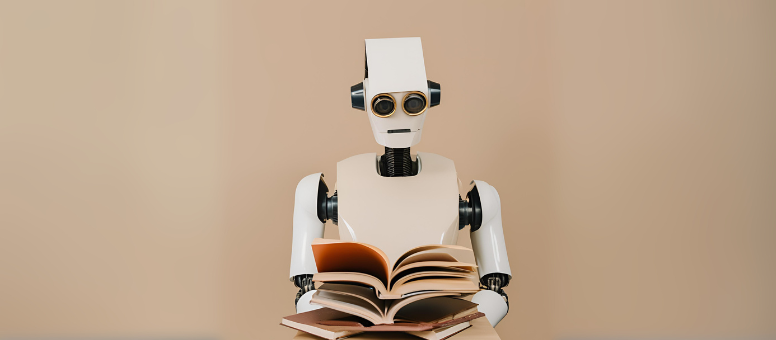Part 7/10

The task of pouring a liquid into a cup requires precise movement control of the robot and adaptability to different conditions, such as different liquid levels, cup potions and shapes. Conventional methods reach their limit here, as they are often inflexible and difficult to adapt to new situations. Machine learning methods offer a promising alternative.
With machine learning, the system can learn through interaction with the environment, develop optimal strategies and adapt dynamically to changing conditions. With HIRAC, we rely on the latest machine learning methods, in particular deep learning and reinforcement learning.
Reinforcement Learning (RL)
Reinforcement Learning is an area of machine learning in which a so-called agent learns to make optimal decisions by interacting with its environment.
Through success and failure in training, the agent tries to develop a strategy to minimize the failures.The criteria for success and failure were determined in advance together with the University of Applied Sciences Offenburg and serve as the basis for training.
The reason why machine learning plays such an important role in this project is that the system should be extended to different robot arms. With reinforcement learning, the learned model can be transferred to different robots and retrained with minimal adjustments. For example, the system can learn different movement sequences for different arms just after a short training period.














